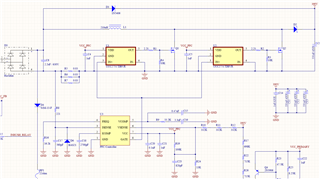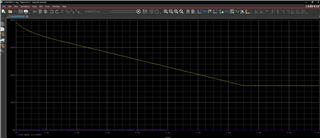Hi!
We are designing a charger board in which we added a UCC28180 chip for PFC boost conversion. we followed the circuit from the reference design of TI PMP8740 reference design | TI.com.
The schematics of our design are attached below. We are facing the issue that UCC28180 is not generating any pulses(PWM) to control MOSFETs, we are getting the same output voltage that is given on input.
Moreover, We also tried to simulate the simulation example given on the TI website (https://www.ti.com/lit/zip/slum423) for UCC28180. but we are getting the same thing in the simulation results. we can not see any pulses on the gate pin and also output voltage trend is the same.
we removed R19 (on VCC and Vsense pin) from the PCB to provide proper feedback up to 5V when 390 V is generated at the output of PFC. Please share your thoughts about this issue and suggest any solution.
Thanks





